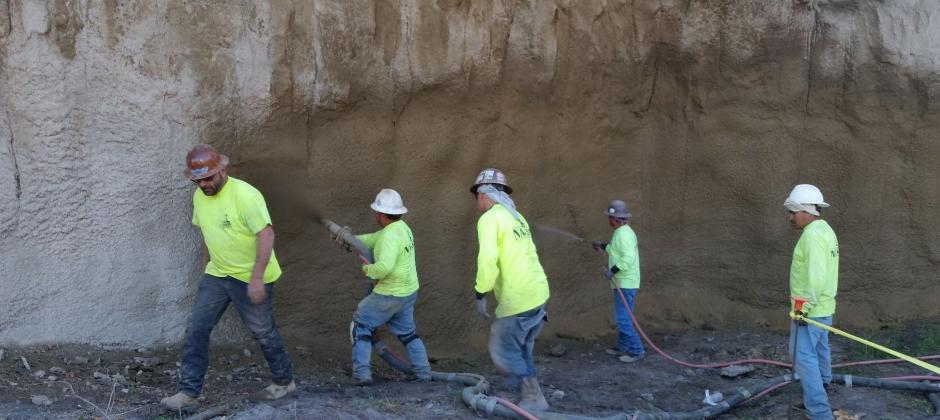Attendees from the ZACC conference visiting Jacksonville this week had the opportunity to visit the Jacksonville Zoo and Gardens today. Panels took place in the Samburu Room instead of at the Hyatt Regency in downtown Jacksonville, and visitors got to take a peek at the upcoming African Forest exhibit, which is still under construction.
The African Forest, a $9 million, four-acre project incorporates “wellness-inspired design” and will replace the former Great Apes Loop which opened in 1998. The project is well underway, and has scored recent funding as well.
The project sits at $7.3 million out of the $9 million so far, and Tuesday night, the Tourist Development Council unanimously approved nearly $700,000 of funding from city council as well.
“Some of the city council members are fantastically pro-zoo,” said zoo director Tony Vecchio. “We didn’t expect any pushback, they are very good to us. Now we just need the last million.”
The new African Forest exhibit will feature a new entryway, new bonobo building and gorilla enclosure, and at the center of it all a 45-foot buttressed tropical tree enveloped in mesh. Trails leading to the tree will connect the enclosures, adding more choices for the apes.
Now six months into construction, the Jacksonville Business Journal toured the worksite with construction project manager Cullen Richart and a group of interested ZACC attendees.
“This site is right at the heart of our zoo, so it’s been a difficult project to work on,” Richart said. “Getting it all torn down was tough – now we have to put it all back together. We’re building the design of it as we go.”
The Nassal Company, which recently finished work on Volcano Bay in Orlando, won the open bid competition to construct the tree and its trails, while Perry-McCalls Construction is responsible for the rest of the African Forest.
On site, the new bonobo enclosure has been finished, with crew working on the exhibit yard before it. Steel beams went up for the internal frame of the “iconic tree,” yet to be named, that will serve as the center of the exhibit. Some landscaping has been completed, and on the right, a new gorilla viewing area is well underway, with carved tree-root looking columns framing each window.
“This Nassal group is unbelievable as far as creativity,” Richart said. “Each one of these guys did their own tree. These are truly the artisans of today in construction.”
Animal behavior specialist Valerie Segura said that her team was building a research program into the African Forest, studying symbolic representation with the apes. She also took baseline data so that the zoo’s wellness team can study how the apes’ activities, relationships and wellness changes when they are put into their new exhibit spaces. Some of the exhibit’s features will allow adjustment to which animals are grouped together – and will allow more of them to be outside at once.
“We’ll have parts of it done soon, and we’ll be able to get the animals out,” Richart said.
The exhibit is scheduled to open in fall of 2018.
